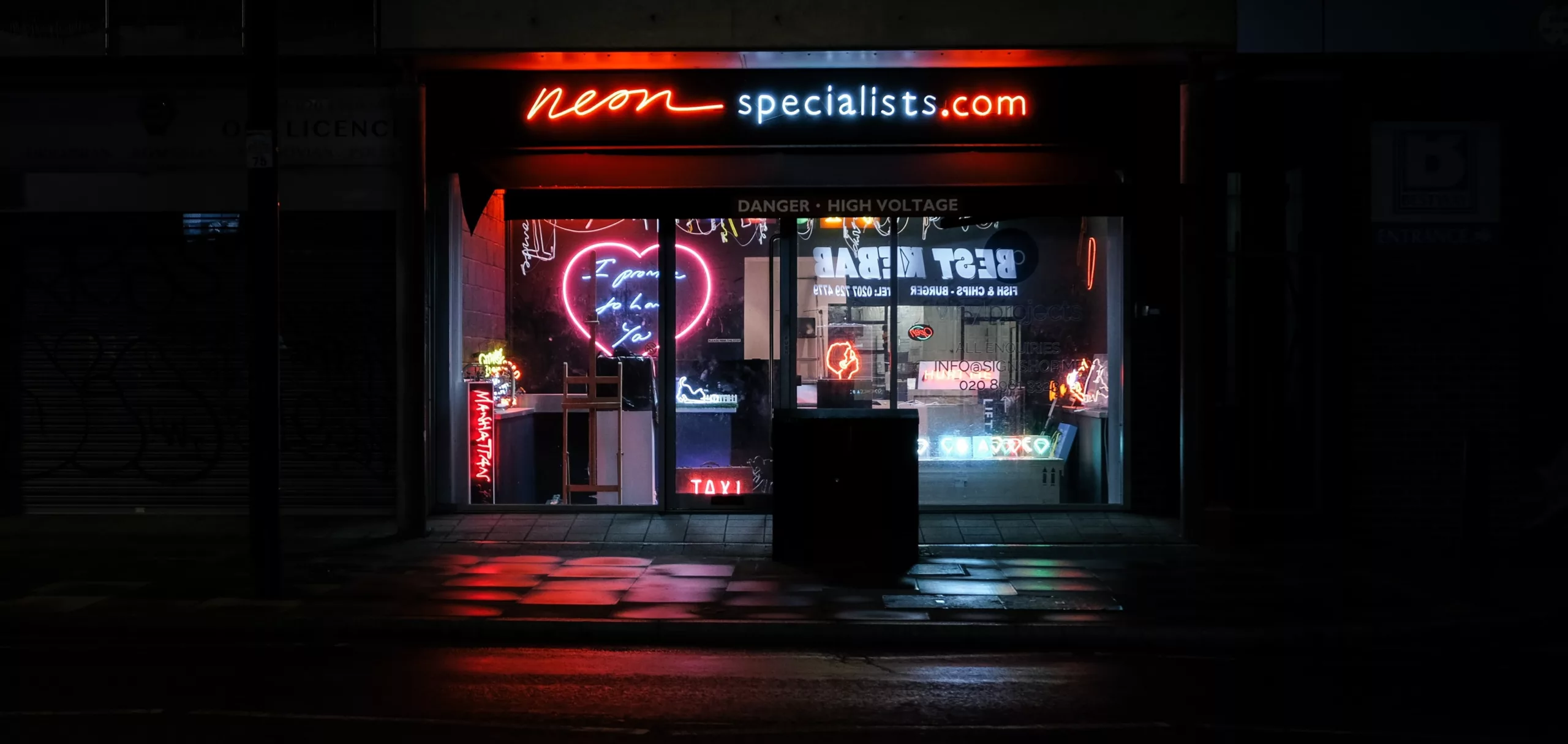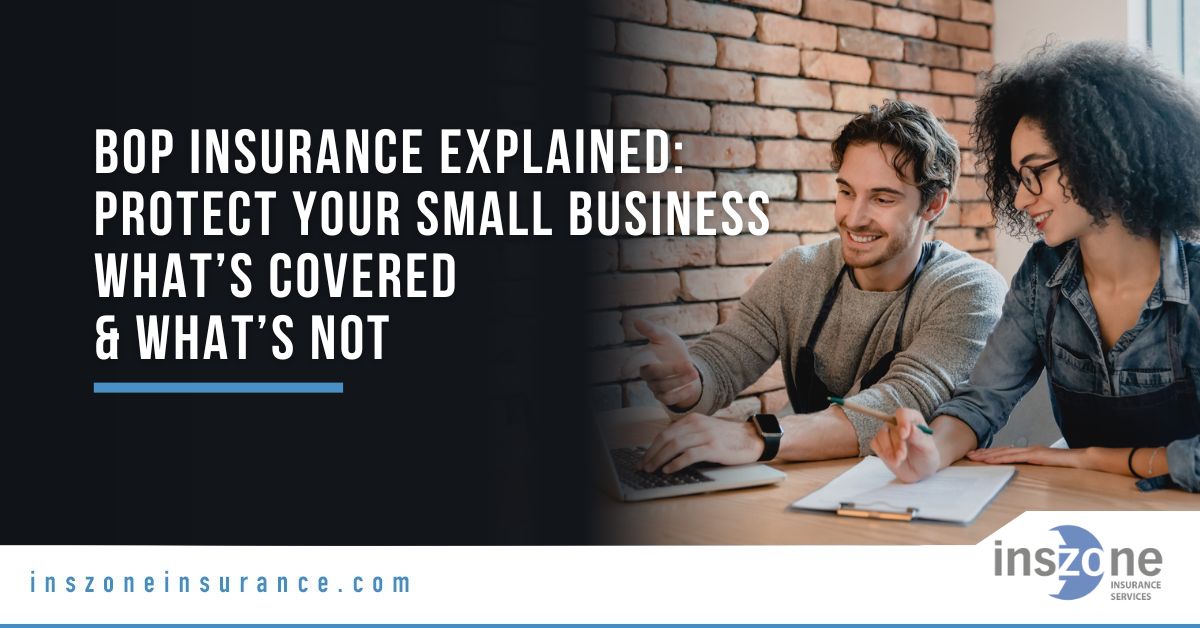A Business Owner’s Policy (BOP) bundles essential coverage for small to mid-sized businesses into one streamlined, cost-effective policy. With inflation pressure, climate-driven losses, and cyber exposure continuing in 2025, a BOP offers broad protection without juggling multiple policies.
What Is a Business Owner’s Policy (BOP)?
A BOP combines three core coverages:
- Commercial Property Insurance – Protects buildings, improvements, equipment, inventory, and signage against covered perils (e.g., fire, theft, vandalism).
- General Liability Insurance – Covers third-party bodily injury, property damage, personal/advertising injury, and related legal defense.
- Business Interruption (Business Income) – Reimburses lost income and necessary continuing expenses (e.g., rent, payroll, utilities) when operations are suspended due to a covered loss.
Bundling simplifies administration (one policy, renewal, and claim path) and often lowers the premium versus buying these coverages separately.
Why Is a BOP Important in 2025?
Simplicity & Cost Control
A single policy with coordinated limits/deductibles reduces administrative hassle and can help offset rising market rates.
Protection From Common Risks
Slip-and-fall claims, fire, theft, and short-term shutdowns are among the most frequent and costly small-business losses. A BOP targets these head-on.
Financial Resilience
One uninsured lawsuit or fire can close a business. A BOP creates a financial safety net that keeps operations viable after a covered event.
Add-On Flexibility
Modern BOPs are modular. Endorsements (like cyber or equipment breakdown) align protection with evolving risks and contracts (landlord, lender, client).

Who Should Consider a BOP?
- Small to Mid-Sized Businesses with a premises, equipment, or inventory (e.g., retailers, office-based firms, restaurants, light manufacturers).
- Startups & Growing Companies needing a scalable, foundational package without managing multiple policies.
- Businesses With Foot Traffic where premises liability is a key exposure.
- Home-based Businesses that maintain equipment or inventory beyond what a homeowners policy typically covers.
How to Choose and Customize a BOP
- Assess Your Risks
List top exposures (customer interaction, property values, revenue dependence, data reliance). Use this to size limits and choose add-ons. - Select Key Endorsements
- Flood or Earthquake – Typically excluded; add if contractually required or geographically relevant.
- Cyber Liability – Data breach, ransomware, privacy liability, incident response.
- Equipment Breakdown – Electrical/mechanical breakdown of covered equipment (e.g., HVAC, refrigeration, POS).
- Employment Practices Liability (EPLI) – Allegations of wrongful termination, discrimination, harassment.
- Professional Liability (E&O) – For advice-driven firms; covers errors/omissions not included under GL.
- Commercial Auto – Separate policy or package extension if vehicles are used for business.
- Inland Marine – For tools/equipment transported between job sites.
- Check Contract Requirements
Landlords, lenders, and enterprise clients may require specific limits, additional insured status, primary/non-contributory wording, and waivers of subrogation. - Right-Size Your Deductible
Higher deductibles may reduce premium; ensure cash reserves can handle out-of-pocket expenses. - Review Annually
Update for new locations, renovations, equipment purchases, revenue changes, or service expansions. - Work With a Specialist
Independent brokers (e.g., Inszone) compare carriers, navigate exclusions, and tailor endorsements for your operations and jurisdiction.
Cost Snapshot (2025)
- Low-risk businesses: typically ~$300–$500/year.
- National average: commonly cited around $50–$70/month (about $600–$840/year), depending on limits and options.
- Higher-risk industries/locations or added endorsements: $1,200–$3,000+/year.
Pricing drivers: industry class, claims history, location/ZIP code, property values, revenue/payroll, building characteristics, and chosen limits/deductibles.
How BOPs Impact the Insurance Industry
- Broader Access: BOPs make commercial coverage accessible to small enterprises that might otherwise forgo critical protection.
- Risk Pooling & Stability: Packaged products help insurers pool common SME risks and stabilize books amid climate and litigation trends.
- Product Innovation: Carriers are expanding modular endorsements (notably cyber and equipment breakdown) and industry-specific bundles (e.g., restaurants, contractors, professional services).

Frequently Asked Questions
Is a BOP required by law?
No. However, landlords, lenders, or clients may require proof of property and liability coverage.
Does a BOP include flood or earthquake?
Generally no. These must be added or purchased separately (e.g., NFIP for flood), depending on your tolerance and contracts.
Does a BOP include workers’ compensation or commercial auto?
No. These are separate policies in most states, though some carriers package multi-line solutions.
Can home-based businesses get a BOP?
Yes, many carriers offer BOPs for home-based firms with business property, inventory, or customer visits.
Is cyber liability worth adding?
If you store customer data, accept electronic payments, or rely on systems for operations, cyber is increasingly considered essential.
Conclusion
A Business Owner’s Policy remains a cornerstone of small-business risk management in 2025. It delivers practical, bundled protection with flexible add-ons for emerging risks.
Work with a knowledgeable broker to tailor coverage and meet contractual requirements—so your business stays resilient and running.
Contact Inszone Insurance Services today to get started on the right coverage for your business.
Sources & Further Reading
- National Association of Insurance Commissioners (NAIC) – Business Interruption & BOP Overview
- Insurance Information Institute (III) – Business Owners Policy (BOP)
- U.S. Small Business Administration (SBA) – Get Business Insurance
- FEMA/NFIP – Flood Insurance (for separate flood coverage considerations)
- Forbes Advisor – Business Owners Policy (BOP) Guide & Cost Factors
- Insurance Journal – Small Business Insurance & BOP Market Trends
- Coterie Insurance – Business Owner’s Policy for Small Business





